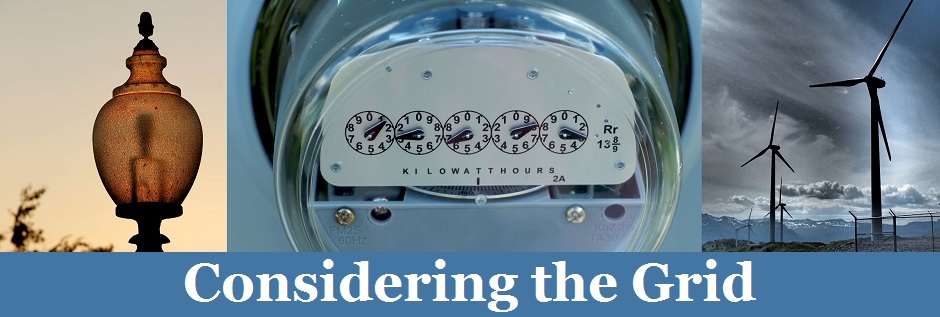EPA has issued a proposed rule to amend the New Source Performance Standards (NSPS) for greenhouse gas emissions from new, modified, and reconstructed fossil-fuel-fired power plants. In 2015, under the Obama Administration, EPA promulgated a rule establishing that the best system of emission reduction (BSER) for newly constructed coal plants is partial carbon capture and storage. At the time, EPA rejected arguments that partial carbon capture and storage was not yet an adequately demonstrated technology. Opponents challenged the 2015 rule in court, but that case was put on indefinite hold in light of EPA’s announcement that, under the Trump Administration, it was reviewing the 2015 rule.
Today’s proposed rule would determine that the BSER for newly constructed coal plants is “the most efficient demonstrated steam cycle . . . in combination with the best operating practices.” EPA explains that “primary reason for this proposed revision is the high costs and limited geographic availability of” carbon capture and storage. As a result of the proposed new BSER, EPA is also proposing to establish higher greenhouse gas emission rates as the standards of performance for large and small electric utility generating units.
EPA projects, however, that the “proposed rule will not result in any significant carbon dioxide . . . emission changes or costs.” It still agrees with the projections it made when it issued the 2015 rule, which anticipated that there will be few, if any, new coal-fired power plants that trigger these particular provisions. Earlier this week, the U.S. Energy Information Administration issued analysis showing that U.S. coal consumption in 2018 is expected to be the lowest in 39 years, and that only one, relatively small new coal-fired generator is expected to come online by the end of 2019.
Comments on the proposed rule will be due 60 days after publication in the Federal Register.

